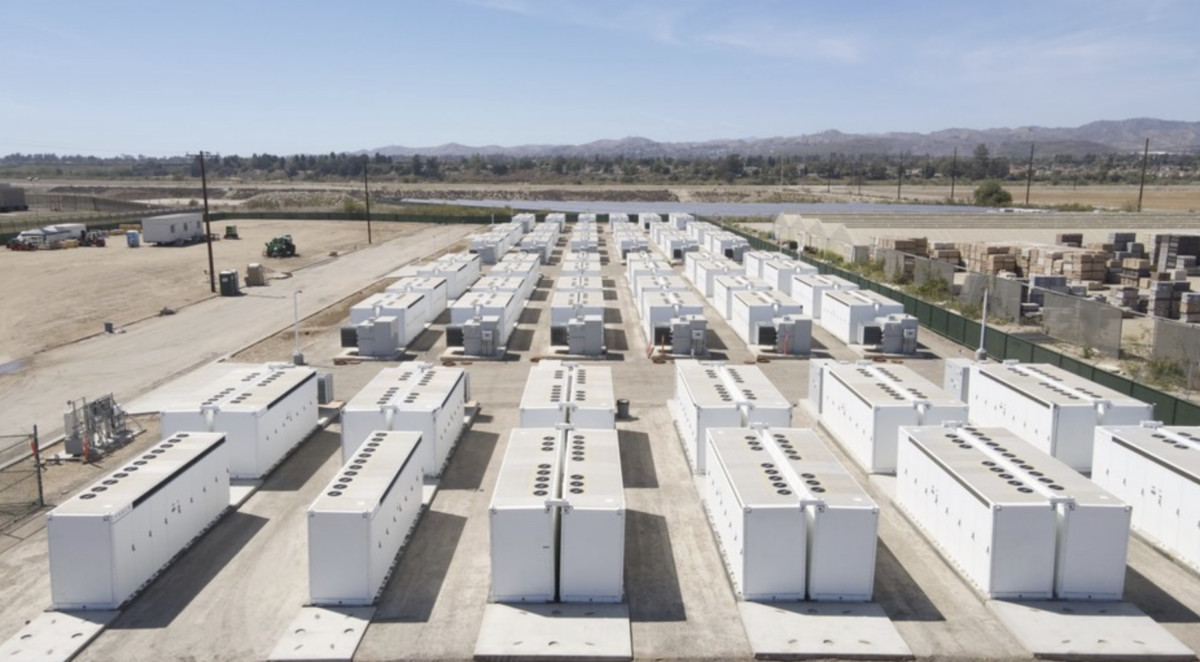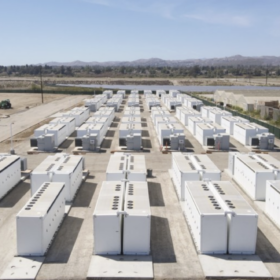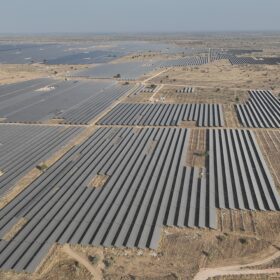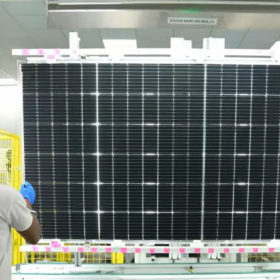From pv magazine Global
A group of researchers at the University of Cordoba in Spain has developed a new method to calculate how much land could be used for agricultural purposes under photovoltaic plants based on dual-axis solar trackers.
The scientists analyzed, in particular, the behavior of solar irradiance in a south-oriented facility hosting a tree crop in hedges planted in the same direction and found there is geometric space between the panel rows where the crop would not shade the modules.
The proposed methodology is specifically intended to identify these non-shading zones between the two-axis solar trackers. “Based on this analysis, an innovative method is proposed to estimate the maximum available space that could be occupied by crops within photovoltaic plants with rectangular collectors on dual-axis trackers with backtracking,” they explained.
In the study “Methodology for the estimation of cultivable space in photovoltaic installations with dual-axis trackers for their reconversion to agrivoltaic plants,” published in Applied Energy, the academics said the novel methodology initially defines the West, South, and Azimut vectors that characterize the PV system.
It also considers the latitude of the place and the solar declination, as well as the hour angle given by the angular rotation speed of the Earth, the time with respect to solar noon, and the unit vector directed towards the solar disk at all times.
“Once the azimuth and the elevation of the solar collectors are known, it is possible to determine the unit normal vector to the surface of the collectors at each instant,” the academics explained, noting that the proposed approach analyzes the behavior of the vectors as a consequence of the movement of the collectors that depends on the position of the sun at each instant.
The novel methodology was applied via a simulation to the Molino photovoltaic plant, which is located in Cordoba and is equipped with dual-axis solar trackers, in an effort to identify pentagonal arable space between the collectors.
This analysis allowed the researchers to identify, along the North-South direction, several trapezoidal profile streets available for cultivation. These have a width of 10.5 m, a minimum height of 1.31 m in the lateral areas, and a maximum height of 2.81 m in the middle area.
The scientists said the curve of the percentage of the maximum cultivable area is a function of the crop height. “The actual cultivated land will be lower as this maximum cultivable area may be adapted to the typical and appropriate alignment and geometry for the specific crop selected, as well as to the constraints imposed by the farming operation of the crop,” they specified.
They found that the Molino plant offers up to 74% of arable land in the space between collectors, and said that this space decreases as the height of the crop increases. “Therefore, the agricultural production of the agricultural plant and its yield will depend on the crop finally selected,” they emphasized.
This content is protected by copyright and may not be reused. If you want to cooperate with us and would like to reuse some of our content, please contact: editors@pv-magazine.com.








By submitting this form you agree to pv magazine using your data for the purposes of publishing your comment.
Your personal data will only be disclosed or otherwise transmitted to third parties for the purposes of spam filtering or if this is necessary for technical maintenance of the website. Any other transfer to third parties will not take place unless this is justified on the basis of applicable data protection regulations or if pv magazine is legally obliged to do so.
You may revoke this consent at any time with effect for the future, in which case your personal data will be deleted immediately. Otherwise, your data will be deleted if pv magazine has processed your request or the purpose of data storage is fulfilled.
Further information on data privacy can be found in our Data Protection Policy.